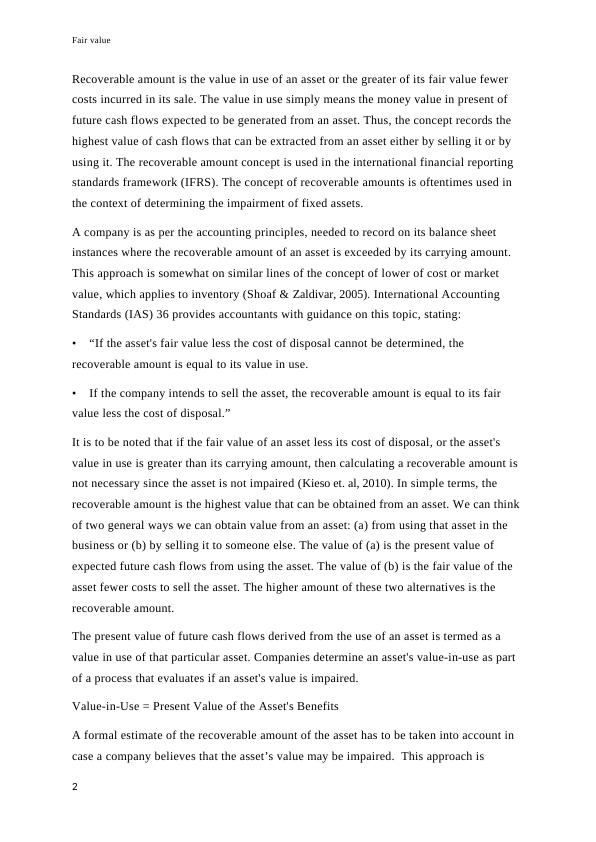Fair Value: Definition, Calculation, and Importance in Corporate Accounting and Reporting
Added on 2023-06-13
5 Pages1424 Words416 Views
End of preview
Want to access all the pages? Upload your documents or become a member.
Impairment of Assets: Calculation of Recoverable Amount, Value in Use, Fair Value less Cost of Disposal
|6
|1435
|409
Analysis of Amount Recoverable under IAS 36/ AASB 136
|6
|1412
|426
IAS 36 Impairment of Assets: Principles, Factors and Calculation
|7
|1239
|96
IAS 36 — Impairment of Assets PDF
|4
|1301
|145
Accounting of Impairment loss
|9
|1628
|36
How to Calculate Recoverable Amount, Value in Use and Fair Value Less Cost of Disposal
|5
|1318
|228


